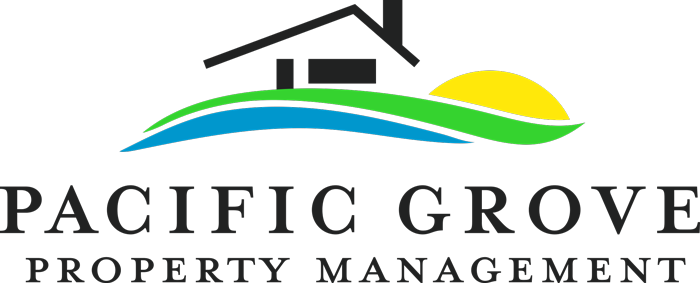What is SB 721 – Elevated Surface Inspection
SB 721, also known as the Building Safety Bill, was enacted to enhance the safety of multi-family residential buildings, such as apartment complexes. It introduced requirements for the inspection of certain building elements, with a focus on preventing accidents and injuries due to deteriorating building conditions.
Key provisions of SB 721 included:
- Mandatory Inspections: Under SB 721, owners of multi-family residential buildings with three or more dwelling units are required to have periodic inspections of “exterior elevated elements.” These elements typically include balconies, decks, stairways, and walkways.
- Inspection Schedule: Building owners were required to conduct the initial inspection by a licensed architect, structural engineer, or qualified building inspector. Subsequent inspections were to be performed at specified intervals, which were typically every six years, unless a previous inspection had identified issues requiring more frequent inspections.
- Inspection Reports: The inspection reports were to detail the condition of the exterior elevated elements and recommend necessary repairs or maintenance. These reports were also required to be submitted to local building departments.
- Corrective Action: If unsafe conditions were identified during inspections, building owners were responsible for taking corrective actions promptly. These actions could include repairs, maintenance, or replacements to ensure the safety of the building’s occupants.
- Disclosure to Tenants: Building owners were also required to provide a summary of the inspection report to current tenants and prospective tenants upon request.
It’s important to note that SB 721 aimed to prevent accidents caused by the deterioration of building elements that could potentially harm occupants. By requiring regular inspections and addressing any issues promptly, the law aimed to improve the overall safety of multi-family residential buildings in California.
